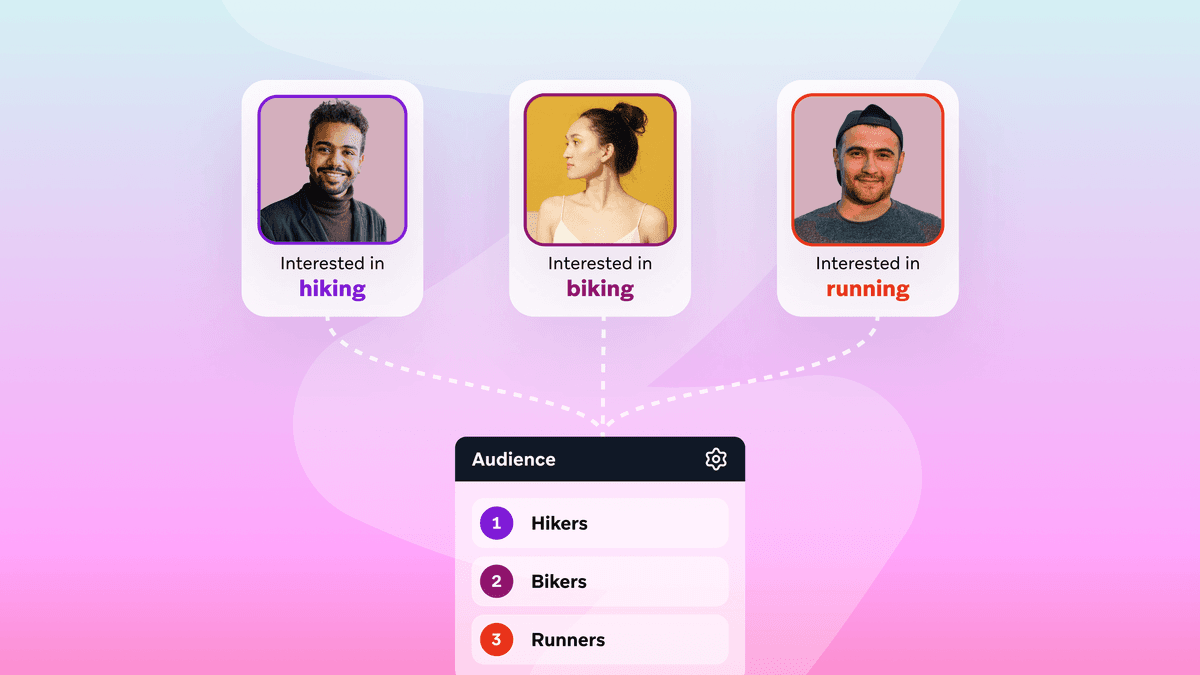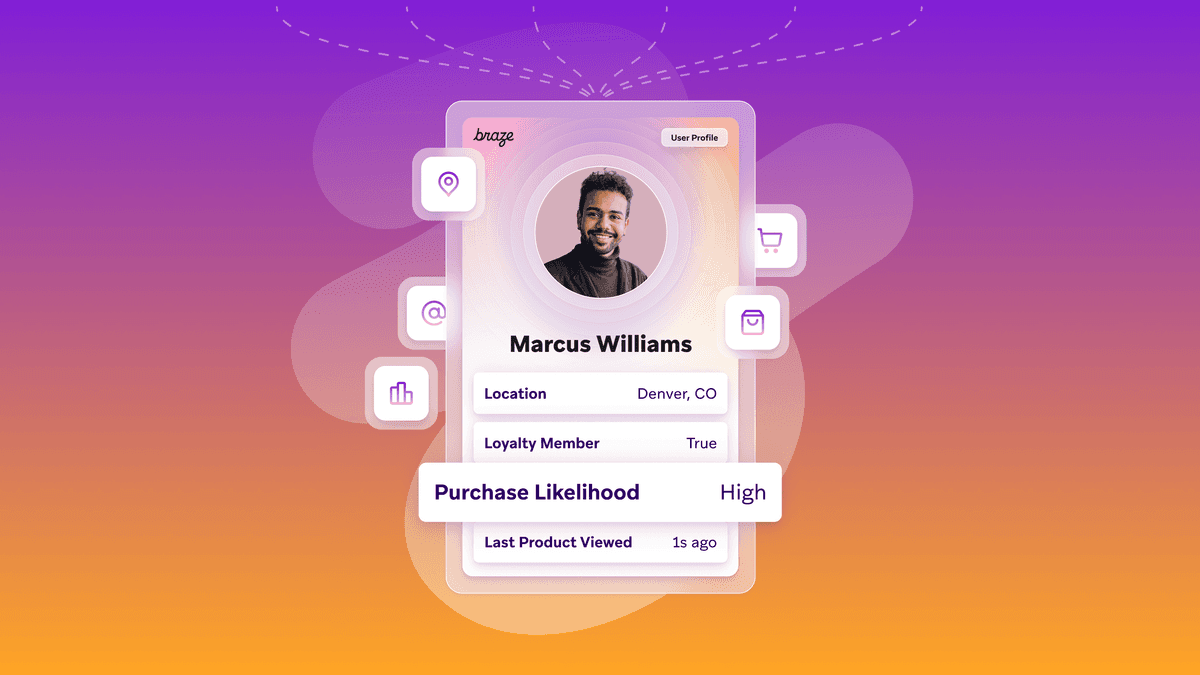How iOS 11’s Features Put the User First
Published on September 12, 2017/Last edited on September 12, 2017/4 min read

Swati Teerdhala
Product Marketing at BrazeAfter months of waiting and anticipation, here we are: iOS 11 has arrived. And while the updates in the latest version of Apple’s mobile operating system are smaller than we saw with iOS 10, this year’s changes still have the potential to have a major impact on mobile customer engagement.
With iOS 11, Apple is putting the power back into the hands of customers, giving them greater control of their mobile experience by providing new transparency regarding app’s location-tracking activities and a revamp of the App Store’s review system, among other changes. These updates reflect changing user behavior, which has shifted as consumers become increasingly discerning regarding their experiences on the apps and mobile devices they use. To stay competitive, marketing, growth, and engagement teams need to know what’s changing so they can deliver the best experiences to their customers.
What You Need To Know About iOS 11
One the biggest changes coming to iOS 11 is around location. The ability to customize customer experiences based on each individual’s location and movements has been a transformative aspect of mobile-first marketing, but the location-tracking that makes it possible has also triggered some criticism.
To provide users with more transparency regarding location-tracking, Apple will display a blue status bar to alert users when apps are using their location data in certain situations. Users will have the choice of whether to give an app access to their location data “Always”, “When Using the App”, or “Never.” The blue bar will appear when apps that have permission to track while users are active are collecting location information; apps that receive permission to collect location information at all times, however, will not trigger the blue bar when tracking that data. Additionally, low-power location services like geofences and beacons will not lead the blue bar to be displayed. The change gives users a better understanding of when their location is being collected and makes it more important that brands explain the benefits of location-tracking to their user base.
iOS 11 also introduces a number of App Store changes to users, giving developers and marketers more options to connect with their customers and gather feedback through an interactive review system. As a part of these updates, Apple has introduced an App Store ratings API that makes it possible for users to submit App Store reviews without leaving the app they’re rating. That’s a significant change, making the app rating process smoother and more seamless for users.
With iOS 11, brands will no longer be allowed to use custom review prompts to encourage their audience members to rate the app, and will be required to use Apple’s default App Store ratings prompt; this prompt can only be displayed three or fewer times per customer each year, and will not be shown to a user again for a year after they submit a review. That makes it even more important for brands to correctly target review requests to highly engaged customers, and to use in-app messaging to make the case for a positive review before triggering the system prompt.
Apple is also allowing brands to publicly respond to App Store reviews. Under the new system, customers who leave reviews will receive a notification when their review has been addressed, blurring the line between marketing, product, and customer service experiences when it comes to the App Store.
Appboy and iOS 11
At Appboy, we’re committed to ensuring that our customers can build and deliver innovative, relevant cross-channel campaigns on iOS 11 from day one. We will be supporting the new iOS 11 location tracking settings with the ability to override default private notification text and to set default private notification text for App Groups. For more information about location tracking in iOS 11, take a look at our documentation.
What does iOS 11 mean for the future of customer engagement?
As with Google’s Android Oreo mobile operating system, released last month, the updates to iOS 11 are pointing toward one key learning—that brands will have to provide consistent, high-level value to remain a part of a user’s mobile life. Both Apple and Google are increasingly making positive user experiences a central focus of their mobile platforms, and brands that don’t keep up risk falling behind and alienating customers who have come to expect more from the brands they patronize.
One thing’s for sure: these changes represent a chance for brands to rethink their current marketing strategies and see if they’re resonating with their customers. Are you delivering high quality, valuable customer experiences, across the channels your customers use?
Interested in digging deeper into the updates to iOS 11 and Android Oreo (including their potential impact on emerging technologies like augmented reality), and exploring how brands can stay ahead of the curve when it comes to customer engagement? Watch our for our exclusive webinar on demand!
Be Absolutely Engaging.™
Sign up for regular updates from Braze.




